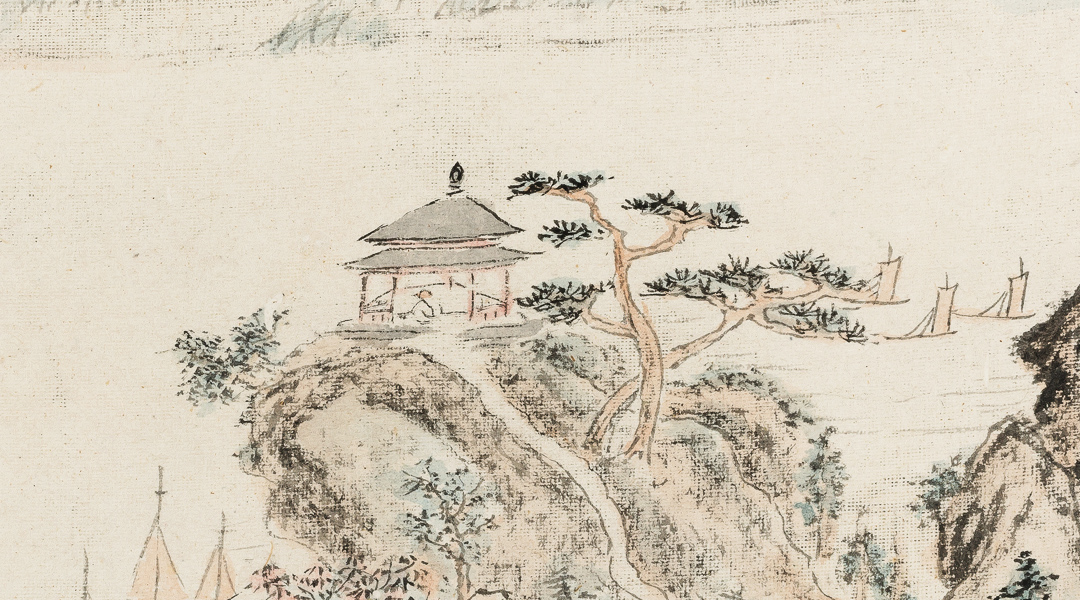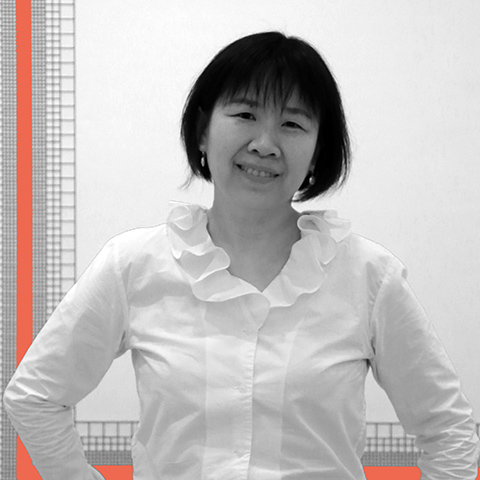
to top



Fellowship Project
Dr. Li Yuhang spent five months (August 2022 – January 2023) studying collections related to the Qing court theatrical artifacts at The Palace Museum in Beijing, China.
Biography
Dr. Li Yuhang is an Associate Professor of Chinese art history at the University of Wisconsin-Madison. Her research interests cover a wide range of subjects and mediums related to gender and material practices in late imperial China, such as the cult of Guanyin and gendered image making, mimesis and devotional practice, as well as opera and Chinese visual culture. Her first book Becoming Guanyin: Artistic Devotion of Buddhist Women in Late Imperial China has recently been published by the Columbia University Press. She is also the co-curator and co-editor of the exhibition and resulting catalog Performing Images: Opera in Chinese Visual Culture.
Recent Development and Achievement
Selected Publication(s)